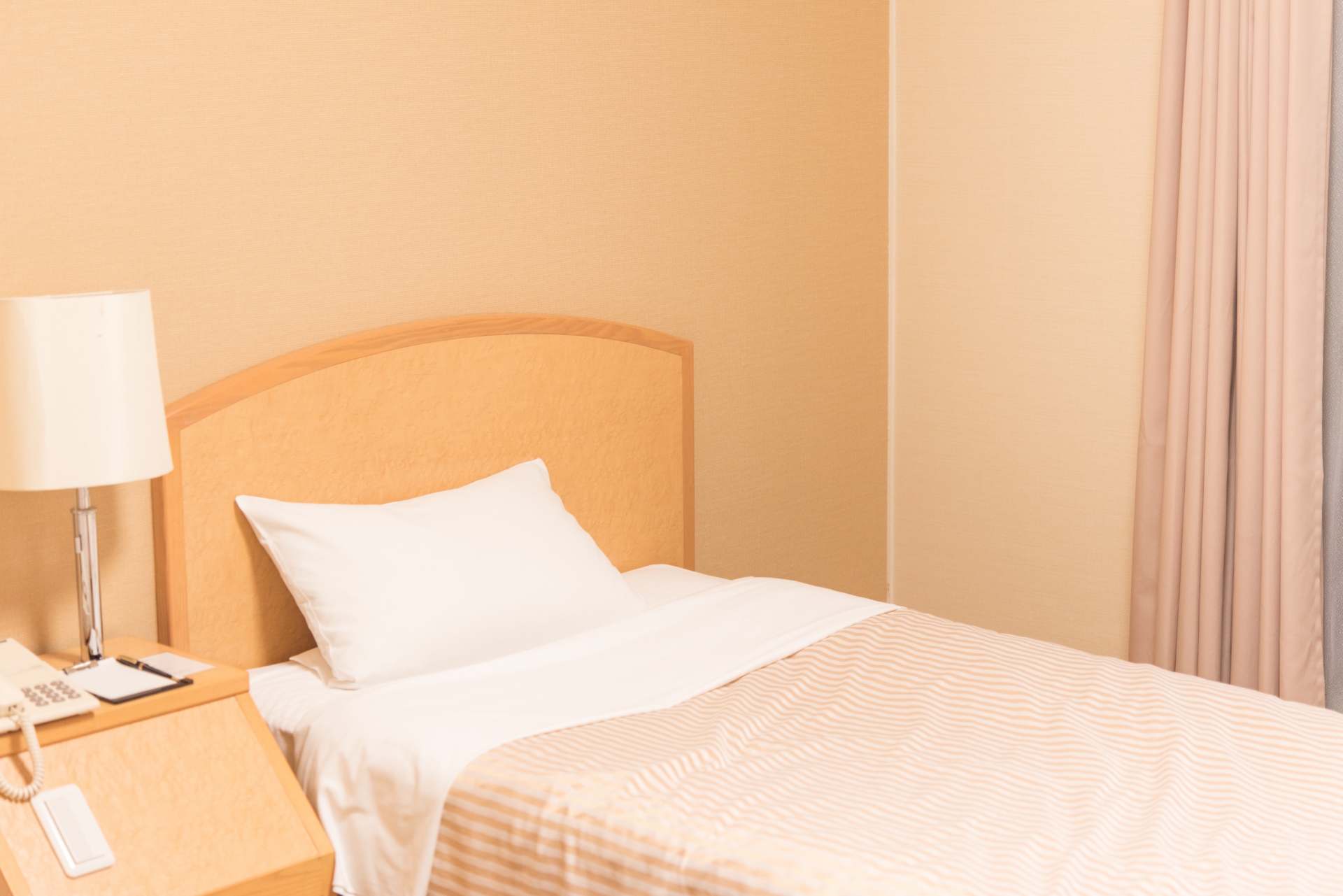
Reflexology, an ancient recovery practice dating back hundreds of years, has actually obtained considerable appeal in recent decades as a corresponding treatment for promoting overall wellness. This all natural strategy to health and wellness is based upon the principle that particular points on the hands, feet, and ears represent various organs and systems within the body. By applying pressure to these factors, specialists intend to restore and ease various disorders balance to the body.
The origins of reflexology can be traced back to old worlds, including Egypt and China. Actually, JKリフレ discovered in the tomb of an Egyptian physician, dating around 2330 BC, shows what shows up to be a reflexology treatment. Gradually, this method has actually progressed and been refined, integrating components from various cultures and clinical traditions.
At its core, reflexology operates on the belief that the body is interconnected, and that promoting certain factors can have significant impacts throughout the whole system. Specialists use their hands, mostly their thumbs and fingers, to apply pressure to these response factors, typically adhering to a particular map of the foot that describes which locations correspond to which body parts.
One of the key advantages credited to reflexology is tension reduction. In our fast-paced contemporary globe, stress has actually ended up being a common issue, adding to a variety of health issues. Reflexology sessions usually generate a deep state of leisure, aiding to relax the nerves and decrease the unfavorable effects of chronic anxiety on the body.
Beyond tension relief, supporters of reflexology insurance claim it can aid with a range of conditions, consisting of:
Migraines and headaches Digestive problems Hormonal imbalances Sleep disorders Chronic pain Circulation issues While scientific research study on reflexology is still continuous, lots of people report substantial renovations in their signs and total health after undergoing reflexology treatments. It’s important to keep in mind, nonetheless, that reflexology should not be thought about a replacement for conventional treatment, yet instead a complementary treatment that can function along with conventional treatments.
A normal reflexology session lasts between 30 minutes to an hour. During this moment, the expert will service numerous factors of the feet, utilizing various methods such as thumb or finger hook, strolling and back-up, and turning on a factor. Some specialists might additionally include elements of massage or various other corresponding treatments into their sessions.
One of the enticing facets of reflexology is its non-invasive nature. Unlike several medical treatments, reflexology does not call for any type of unique tools or medication, making it an accessible choice for many individuals. Furthermore, the methods can be discovered and used in your home, allowing people to practice self-care in between expert sessions.
Similar to any kind of recovery technique, it’s vital to approach reflexology with an open mind yet also with a healthy and balanced dose of uncertainty. While many individuals swear by its benefits, it’s always a good idea to seek advice from a health care professional before starting any type of new treatment regimen, especially if you have pre-existing wellness conditions.
Finally, reflexology supplies an one-of-a-kind strategy to wellness and wellness, rooted in old knowledge yet constantly advancing with modern understanding. Whether you’re seeking remedy for particular signs or merely wanting to boost your general wellness, reflexology supplies a mild, holistic option worth exploring. As we remain to recognize the significance of treating the entire person as opposed to just isolated symptoms, methods like reflexology are most likely to play a progressively substantial role in our technique to health and wellness and recovery.
Reflexology sessions commonly induce a deep state of leisure, helping to relax the worried system and reduce the adverse impacts of persistent stress and anxiety on the body.
In final thought, reflexology supplies an unique method to wellness and health, rooted in ancient knowledge yet continually developing with modern-day understanding. Whether you’re looking for alleviation from certain signs or merely looking to enhance your overall wellness, reflexology offers a gentle, holistic alternative worth exploring. As we continue to acknowledge the relevance of treating the whole individual instead than just separated signs and symptoms, techniques like reflexology are most likely to play a significantly substantial duty in our method to health and healing.
